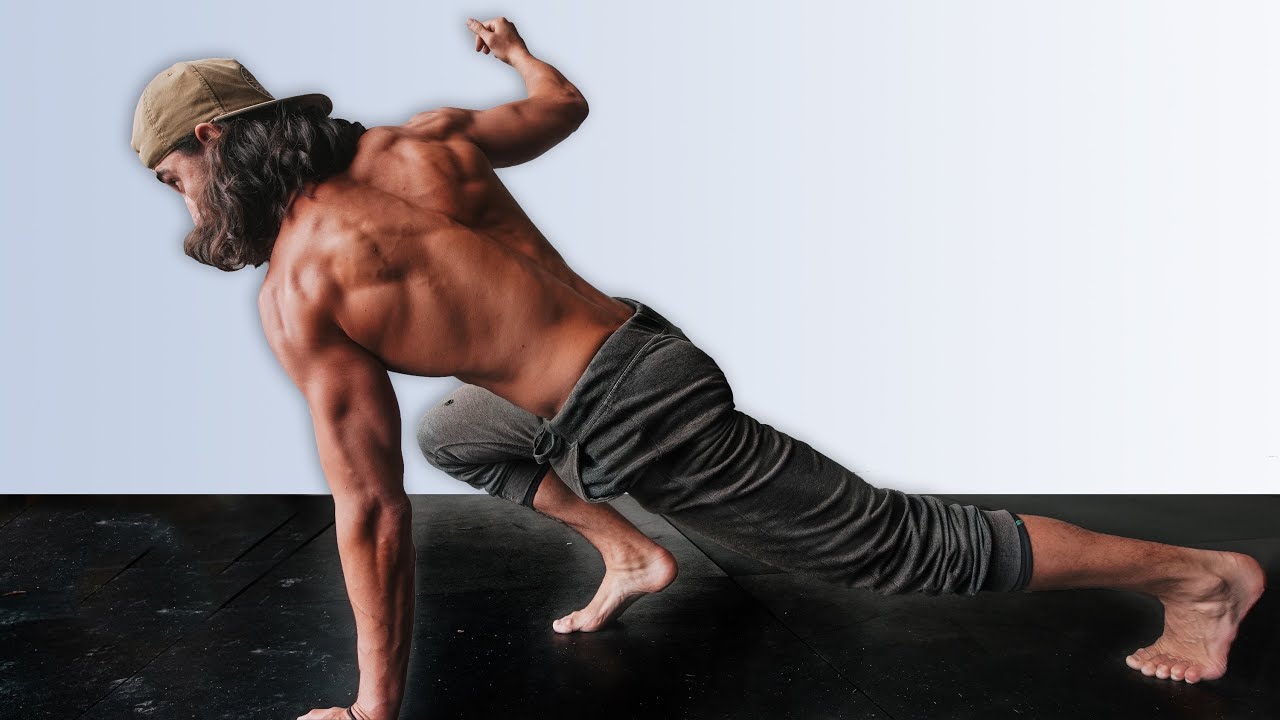
by Matt Weik
Primal movements are a completely new way of training. They are inspired by the survival movements of our human ancestors and are a totally new challenge for the body.
Primal exercises involve squatting, lunging, crawling, and jumping. They aim to enhance overall fitness through increased mobility, flexibility, balance, and strength, particularly in the core, hips, and legs.
Some muscles are not engaged with traditional workouts the way they are with primal movements. They’re also low-impact and body-weight exercises, making them much less provocative to injury than exercises involving heavy weights or complex equipment.
If you’re ready to push your body in all new ways, primal movement exercises might be the perfect addition to your fitness routine.
In this article, we will dive deeper into what primal movement is and how the benefits support functional fitness.
Disclaimer: This article is for informational purposes only and is not meant to treat or diagnose any condition. It is recommended that you speak with your doctor before starting any exercise program, making changes to your nutrition, or adding any new supplements to your regimen.
What is Primal Movement?
Primal movement fitness is actually the fastest-growing area of fitness right now, with online searches increasing by 120% recently. The method makes use of our primal movement patterns, which are actions humans have been performing for millions of years.
These are hardwired into the biology of our movements, such as pushing, pulling, twisting, and crawling. We do this naturally as babies. But then, as we grow older and more sedentary, we can be left behind with the fundamental ones. Simple tasks like just getting up from the floor become challenging.
The good news is that adding primal movement to your workout routine can help. It reinforces correct form, rebuilds strength, and enhances agility. It reengages you with these basic movements, improving your everyday mobility, making your daily activities much easier, and allowing you to live life to the fullest. Primal movement provides a way to reclaim the natural, efficient ways our bodies were meant to move.
Primal Movement Patterns
Here are the 7 primal movement patterns:
- Squatting: This fundamental movement engages most lower body muscles. It’s crucial for daily activities like standing up or lifting objects.Lunging: It involves stepping forward or backward while bending the front knee. It’s essential for walking, running, and climbing stairs.
- Rotating: Twisting at the torso improves balance and coordination. It’s used in daily activities like buckling a seatbelt or looking over your shoulder.
- Gait: This refers to walking and running patterns. Improving form in these movements enhances overall balance, stability, and efficiency in motion.
- Hinging: Hinging requires pushing the hips backward and lowering the torso. It’s used in exercises like deadlifts and in everyday tasks like picking up objects.
- Pushing: This movement uses upper body strength to extend arms away from the body. It is vital for tasks like pushing a stroller or reaching high shelves.
- Pulling: Pulling involves drawing objects toward the body and strengthening the shoulders, back, and core. It helps open doors or lift children.
6 Benefits of Primal Movement
Below are some of the benefits of primal movement:
1. Functional fitness
The primal movements usually tend to act as compound exercises that activate more than one muscle group and joint in the body at a time. This integrated movement can make the whole body integrate better, improving the way disparate parts of the body work in tandem. This may improve athletic potential and decrease the possible risks of injury.
The body becomes more harmonious as key muscle groups learn to act in concert. This improved coordination enhances functionality in athletic pursuits and daily life activities. These are the foundational movements that make a person’s physical system more efficient and unified, allowing for fluent and effective motion on a wide range of tasks and challenges.
2. Stability
This category involves exercises that require a full range of motion of joints such as hips, shoulders, ankles, and wrists. When practiced consistently, these exercises increase mobility and flexibility, reduce the potential for injury, and enhance general physical performance.
3. It reduces inflammation
Primal movement training may reduce inflammation and improve joint range of motion. Strengthening the muscles around joints also reduces associated pain and inflammation, as it allows less “shock” to reach the joints, which again can help preserve joint health.
4. Reduces risk of injuries
Traditional strength training and repetitive cardio exercises can be prone to overuse injuries due to their ever-bent stresses on a few joints and muscles. Primal movements involve a variety of patterns that engage the whole body, making them less likely to bear this risk by spreading the load across different muscle groups and joints.
5. Improves cognitive function
Primal movement also has some mental health benefits. Exercise has been known to boost cognitive functions such as memory recall and problem-solving, which probably stems from increased blood flow to the brain with constant exercise.
6. Improves mind-muscle connection
Primal exercises involve the body in complex patterns to strengthen the mind-muscle connection, making them efficient and effective. You’ll develop balance, agility, and body awareness that translates into daily life activities and athletics over time.

